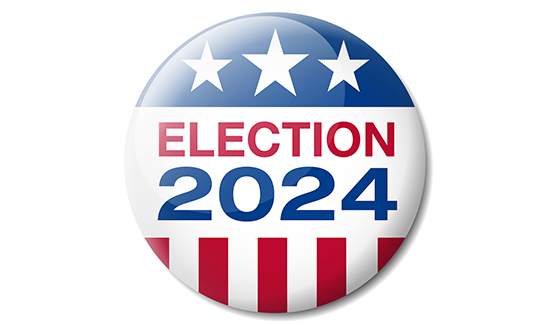Between Black Rock and a Hard Place: The Consequences of Social Investing

With the stock market down nearly 20% year-to-date in 2022, investors are paying close attention to the financial performance of their portfolios: seeking to protect 401Ks, looking for safe havens, and trusting that their fiduciary asset managers are making the right decisions with ever-shrinking nest eggs. The last thing any investor would want now is for asset managers to be investing in companies for any reason other than to maximize financial return.
Unfortunately, that is exactly what the world’s largest asset manager, Blackrock Inc., is doing through an emphasis on Environmental, Social, and Governance (ESG) investing. This mode of corporate social activism has placed Blackrock in a difficult position, however, as pressure from both sides of the ESG issue close in on the company. Blackrock has become the latest example of a company experiencing the consequences of corporate social activism.
The movement to emphasize ESG within corporate structures and as corporate objectives first emerged in the early 2000s. ESG-focused investing directs capital to companies with stated goals on issues like climate change and social justice. Financial returns are a secondary concern to those who want to support or pressure companies to commit to ESG standards and enact policies to reach those standards.
With approximately $10 trillion in assets under management, Blackrock wields substantial power over where their assets, and by extension the assets of anyone invested in Blackrock, are placed. An August 16 editorial in the Wall Street Journal noted how Blackrock pressured companies to “avoid investing in fossil-fuel assets … and reduce emissions to achieve net zero by 2050.” In essence, putting pressure on the companies in which Blackrock invests to adopt ESG standards. If Blackrock’s blackmail is resisted, proxy shares are voted against management. This approach puts activism above shareholders’ returns. But Blackrock is beginning to see a backlash.
In late summer 2022, attorneys general from 19 Republican states sent a letter to Blackrock CEO Larry Fink seeking answers about potential conflicts between the firm’s ESG investing practices and his company’s fiduciary duty. In addition, states such as Texas and Louisiana have begun to bar state investment in any Blackrock fund that pushes ESG standards. With billions in state pension dollars and the investments of individual citizens at stake, the AGs and state comptrollers are calling Blackrock on the carpet.
In addition to this political reaction, market forces have also stepped into the ESG fight. A new investment alternative to ESG funds was recently launched by Strive Asset Management. Strive created a fund that mirrors Blackrock’s U.S. Energy Index Fund (IYE) but with a commitment to pursue non-ESG policies.
If pressure from those in opposition to ESG was not enough, Blackrock is also facing pushback from ESG advocates. In late September 2022, officials responsible for the public pension funds in New York City sent a letter to Fink pressing Blackrock to recommit to achieving net-zero emissions across its investment portfolio and to vote more in line with climate-related shareholder initiatives. Blackrock manages approximately $43 billion in investments for three New York City pension funds, according to a September 2022 article in the Wall Street Journal.
Blackrock could take a lesson from the investment adage, “past performance is no guarantee of future results.” In the case of corporate social activism, past performance is a guarantee of future results. One only needs to look back to the mess in which the Walt Disney Corporation found itself because of its stance on Florida’s Parental Rights bill.
First, Disney faced pressure from gender equity activists and employees for not doing enough to oppose the bill. Then, after coming out in opposition, Disney faced blowback from parents who believed the company should simply focus on providing family entertainment. On that issue, Disney management spun around more than a rider on the theme park’s iconic Teacup ride. And why? Because of ill-conceived social activism on an issue that was irrelevant to the primary role of the business. Now Blackrock finds itself in a comparable position as a result of a similar activist pursuit.
Pressured from both sides of the ESG issue, they have now put themselves between a Blackrock and a hard place.
The author thanks Alex Heisey for his help in gathering research for this article.






